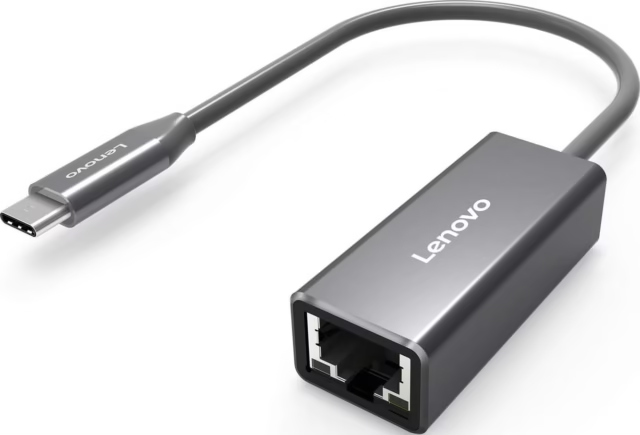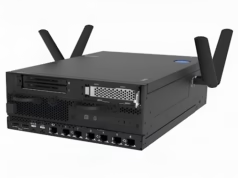Powerline networking seems almost too good to be true. Plug in two small bricks, hook them up with small cables, and your internet hops along your home electricity wires.
Of course, the next question that comes to mind is, is this shortcut safe? Yes, provided you configure it correctly, and no, provided you leave defaults in place or leave out a couple of easy things.
This guide will provide a realistic, fact-checked perspective on how security operates on contemporary powerline equipment, where the actual threats reside, and the precise steps to secure things without turning your home into a testbed.
How powerline security actually works
Powerline devices put a high-frequency data signal on your AC wiring, then modulate and demodulate that signal at the other end. These are, in essence, Ethernet adapters that chat on the copper you already have. Behind the scenes, current standards encrypt traffic at the link layer.
It implies that all traffic passing over the wires is encrypted to ensure confidentiality and integrity, and only devices sharing the same network key can be joined.
In short:
- Encryption algorithms. HomePlug AV and AV2 support 128-bit AES at the link layer. More recent G.hn equipment supports confidentiality and integrity using AES with per-link keys within a so-called domain.
- Key and matching. A standard membership key allows a device to join your powerline network. Push-button pairing creates and distributes a special key between your units. This key can also be set manually using utilities on Windows or macOS.
- Domain membership. Devices that lack your key interpret noise. Keyed devices can pass frames and monitor broadcast traffic on any shared wired medium.
The real risks to watch
The security of the powerline is not about the broken crypto but rather configuration, placement, and physical access.
1) Neighbor or hallway leakage if you use defaults
Depending on the wiring of your building and whether or not outlets are on the same transformer secondary, signals may go beyond a single room and occasionally beyond your unit. Your adapters may be unpaired or have a default key, so a unit nearby may connect to your network.
2) Rogue joins during setup
When you leave the join by button open or use default credentials, another device on the same circuit may latch on when you are pairing. Think of the pairing window as a WPS window on Wi‑Fi. Physically retain the outlets you are working with.
3) Device quirks and services
Powerline devices package additional functionality, including built‑in Wi‑Fi, management pages, or DHCP services. When left on default credentials or outdated firmware, these add unnecessary risk.
4) Shared‑medium assumptions
When correctly matched, traffic is encrypted over the wire. Within your powerline domain, the medium acts more like a hub than a switch. Even an endpoint on your network might still be able to sniff local broadcasts. That is a local network hygiene problem, not an encryption break.
5) Reliability noise isn’t the same as security
Surge protectors, UPS units, and noisy appliances may attenuate signals. That may incidentally reduce the reach, but that is not a security control that you should count on.
Make your setup secure: a fast checklist
This is a rapid, repeatable procedure you can use whenever adding or replacing adapters.
1) Pair securely with the buttons
Directly insert both units into wall outlets. Within the time limit, hit the security button on the first unit, followed by the second. This initiates a device-to-device key exchange and generates a network membership key.
2) Change the default network key
Install the vendor utility and enter a strong passphrase to generate a new membership key. Do not use any of the factory defaults, like HomePlugAV or others. The configuration can be saved only after the two units are available and paired.
3) Lock down management access
When your adapters present a web UI or companion app, rotate credentials, disable remote access, and disable features you do not use. If the adapter has a Wi‑Fi extender, configure a different SSID and an up-to-date security mode.
4) Update firmware
Install firmware upgrades to fix protocol processing, management services, and combo device radio elements.
5) Segment where it makes sense
Powerlines should be treated like any other wired drop. If you are adding one to a guest room, workshop, or rental space, put that leg on a different VLAN or guest network than your main LAN. Never plug a powerline straight into your ISP modem without a router in the middle.
6) Prefer end‑to‑end encryption for sensitive work
Your connection is encrypted, yet adding TLS everywhere and a site-to-site or device VPN would be an additional layer. In that case, even a person who somehow made his or her way to your domain would see gibberish.
7) Control the physical environment
Do not use the shared or public outlets in the hallways during pairing. If you cannot control physical access, unplug the second adapter when not in use or pair it when doors are locked.
8) Monitor for oddities
Look at your router’s DHCP leases and ARP table for unknown MAC addresses. Most utilities can enumerate all the powerline stations within your domain. When you notice an unfamiliar device, replace the key and re‑pair.
Conclusion
Powerline is not as dangerous as most people imagine when you operate it like a professional. The wire encryption is sound enough to use daily, and the most serious threats arise from human decisions.
Match devices to the security buttons, change the default key, lock down management functions, upgrade firmware, and keep sensitive sessions encapsulated in TLS or a VPN.
Do that, and powerline becomes an easy, low-drama means of extending a wired connection without drilling holes. Forget them and you open the door ajar to a curious neighbor or a stray device to wander in.







